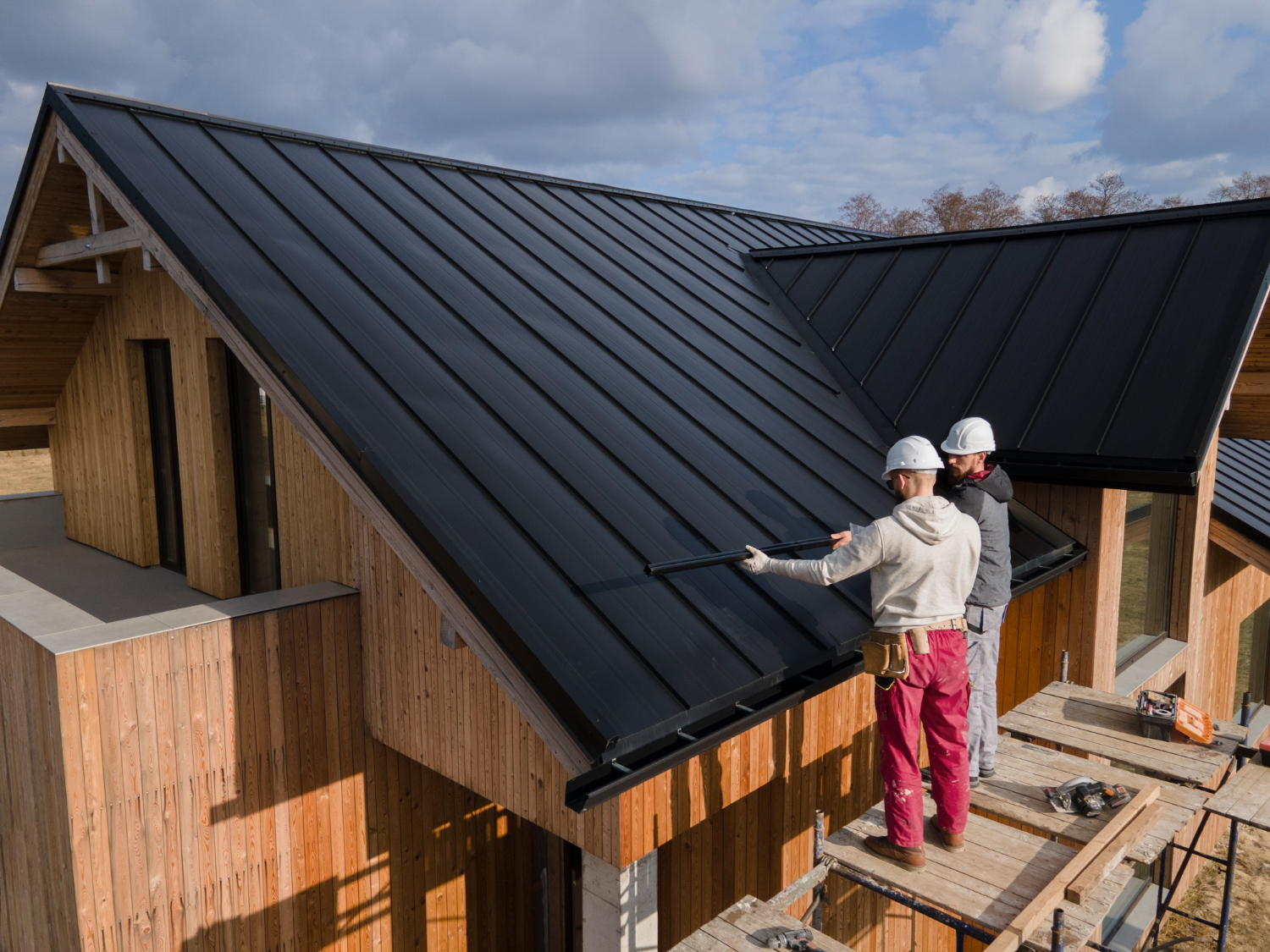How to Choose the Best Roofing Material for Your Climate
Choosing the right roofing material isn’t just about aesthetics or budget—it’s about long-term protection and performance in your specific climate. With the wide range of weather conditions across the U.S., from humid coasts to snowy mountains and scorching deserts, your roofing material must be tailored to your environment. Here’s a region-by-region guide to help you make the best choice.

Guide to Choosing the Best Roofing Material
Understand Your Climate Zone
Before selecting a roofing material, identify your climate zone. The U.S. generally falls into five broad categories:
-
Hot and Dry (e.g., Arizona, Nevada)
-
Hot and Humid (e.g., Florida, Louisiana)
-
Cold and Snowy (e.g., Minnesota, Colorado)
-
Mixed/Moderate (e.g., Virginia, Missouri)
-
Coastal/Storm-Prone (e.g., Gulf Coast, Southeast Atlantic)
Each climate presents unique challenges such as UV exposure, wind resistance, moisture buildup, or snow load.
Best Roofing Materials by Climate
🌵 Hot and Dry Climates
Best Option: Clay or Concrete Tiles

-
Reflect sunlight, ideal for high UV areas
-
Fire-resistant and durable in arid regions
-
Lifespan: 50+ years
Also Consider: Metal roofing with reflective coatings
🌴 Hot and Humid Climates
Best Option: Metal Roofing

-
Resistant to mold, mildew, and rot
-
Reflects heat and lasts through frequent rainstorms
-
Lifespan: 40–70 years
Also Consider: Slate or treated wood shakes (if properly ventilated)
❄️ Cold and Snowy Climates
Best Option: Asphalt Shingles

-
Affordable and easy to repair
-
Perform well with proper attic insulation and ventilation
-
Lifespan: 15–30 years
Also Consider: Metal roofing (helps snow slide off easily)
🌧️ Coastal & Storm-Prone Areas
Best Option: Metal Roofing or Synthetic Shingles
-
High wind resistance (up to 140–180 mph)
-
Corrosion-resistant coatings available for salt air
-
Lifespan: 40+ years
Also Consider: Architectural asphalt shingles with high wind ratings
🌦️ Mixed/Moderate Climates
Best Option: Architectural Asphalt Shingles
-
Balance of cost, durability, and versatility
-
Handles a variety of weather conditions well
-
Lifespan: 20–30 years
Also Consider: Composite shingles or standing seam metal roofs
Additional Factors to Consider
-
Local building codes and HOA rules
-
Roof pitch and structure – heavier materials like tile may need reinforcement
-
Maintenance levels – some roofs need regular cleaning and treatment
-
Energy efficiency and insulation – certain materials improve indoor comfort
-
Insurance discounts – impact-resistant or fire-rated materials may reduce premiums
Final Thoughts
The best roofing material for your home largely depends on your regional climate. From metal’s resilience in hurricanes to clay’s sun-reflecting power in deserts, each type offers benefits suited to specific environments. Consult with local roofing professionals to ensure your choice aligns with weather demands, building codes, and your long-term needs. Investing in the right roofing material today means fewer headaches and repairs in the future.


